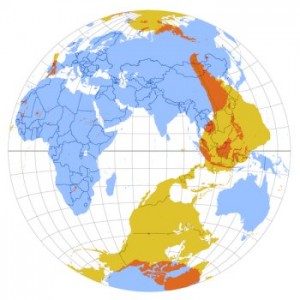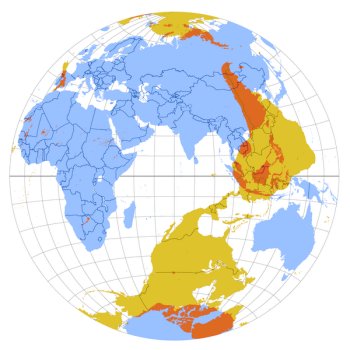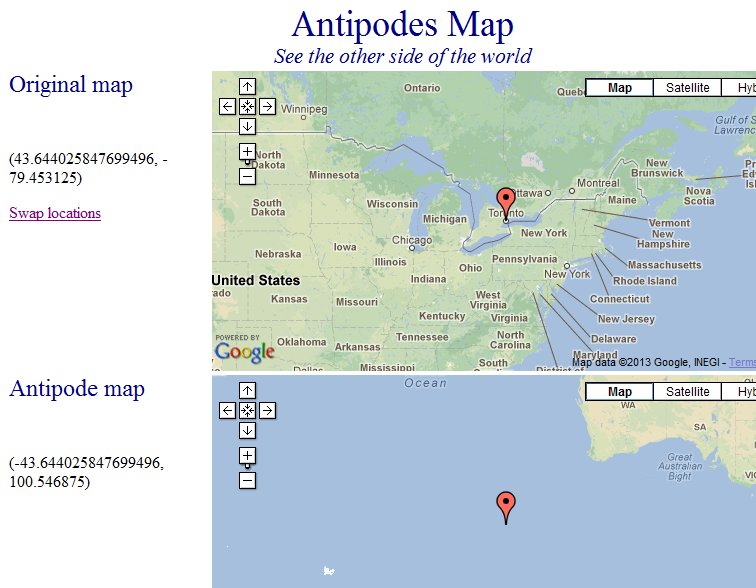Where is the Antipode for your area? Just Point, Click & Reveal
I am sure if you have been to one of my GIS web sites then you may have noticed that I tend to mostly write about Canadian web mapping related topics, something that has progressed rapidly over the past few years and appears more and more all over the internet. But every now and then I come across a few mapping related sites like this one that is a little bit different then all the others.
Ever hear anybody use the expression “You better be careful you don’t dig too deep or you will end up in China” while digging a hole?
Even if that could be possible (to dig down through the Earth’s core and come up on the other side of the world), would it really be China on the other side of that hole? What would be the real Antipode (straight line that connects one location on the globe with a location on the other side of a globe while going through the center axis) for that hole you were digging?
The antipodes interactive web map depicts antipodes automatically for any location that you select. Simply point and click and then easily reveal the place that is on the other side of the world for any location on the Earth’s surface (without doing the math).
And funny enough the antipode location for any location in Canada is never China. So who ever came up with that old expression obviously certainly did not do very well in geography class. Maybe instead they should of been saying “you better wear a life jacket incase you dig too deep” – unless your not digging straight, then perhaps you could be pointed towards Asia.
Antipodes, a term that I have not come across since back in geography class, is the location on the Earth’s surface that is diametrically opposite to it. Two points on a globe that are antipodal to each other if they can be connected by a straight line that runs through the axis and forming a true diameter on the surface.
J. Gregory in “The Making of the Earth” (1912) states that less than four percent of land on the Earth is antipodal to other land. That may sound like a small amount but then when one considers that more then seventy percent of the Earth’s surface is covered by water that it makes since that the majority of locations on land do not have land-based antipodes. Perhaps the globe in the image on the top right illustrates this a little better; the land mass in blue is the real representation and the land mass in yellow is the Antipodes but displayed on the same globe.
The interactive web map on AntipodeMap.com allows the you to pan and double click on any desired location (in the original map) and then the antipode map underneath it will automatically reveal the antipodal location for your desired location. Have some fun with maps, discover what the Antipode for you area is.








Loved this–was fun,although I hoped mine would be Sandy Island, Australia…
Great teaching tool, also!
Note the URL is now http://www.antipodesmap.com/ as opposed to http://www.antipodemap.com/
Thanks Deanna! I made the correction. You rock.